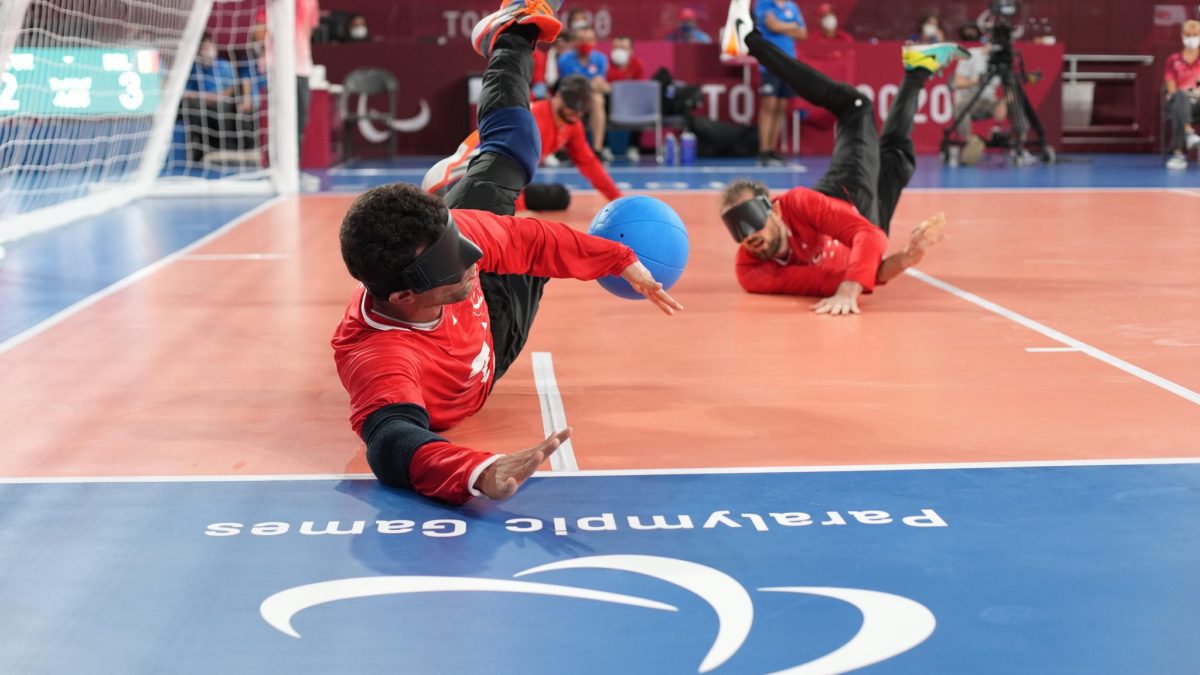News
Goalball in Tokyo with a Utah win at the Paralympic Games

Goalball at the Tokyo 2020 Paralympic Games. Photo: courtesy of the International Blind Sports Federation
TOKYO, Japan. — Marybai Huking, Salt Lake City’s Paralympian who represents USA wins the biggest differential in the tournament beating the team from Eqypt 10 – 0 in the second game of the preliminaries. Unlike Paralympic swimming and athletics, for example, which encompasses the participation of athletes with many disabilities, Goalball, athletes all experience visual impairment as their main physical impairment.
Huking is in the classification of B3. International Blind Sports Federation and similarly the United States Association of Blind Athletes (USABA) lists Visual Classifications as follows:
- B1: No light perception in either eye up to light perception, and an inability to recognize the shape of a hand at any distance or in any direction.
- B2: From the ability to recognize the shape of a hand up to visual acuity of 20/600 and/or a visual field of less than 5 degrees in the best eye with the best practical eye correction.
- B3: From visual acuity above 20/600 and up to visual acuity of 20/200 and/or a visual field of less than 20 degrees and more than 5 degrees in the best eye with the best practical eye correction.
The sport of goalball, which is enjoying exponential popularity, has audible bells inside the kickball-like ball which has less bounce than a traditional kickball. Additionally, textured tape is on the floor to aid in tactile orientation discerning personal positions. Athletes also guide their hands along the goal’s shoulder height crossbar to execute their practiced plays and strategize, keeping opponents guessing from which direction the ball may be coming. The receiving team has ten seconds within which to block the ball and try to pitch it to a score in the goal across the court.
Huking, a resident of Salt Lake City and a student at the U of U, helped her Tokyo team to a win over Brazil in the first round of 6 – 4. They play host nation Japan tomorrow in continued preliminary play.



















